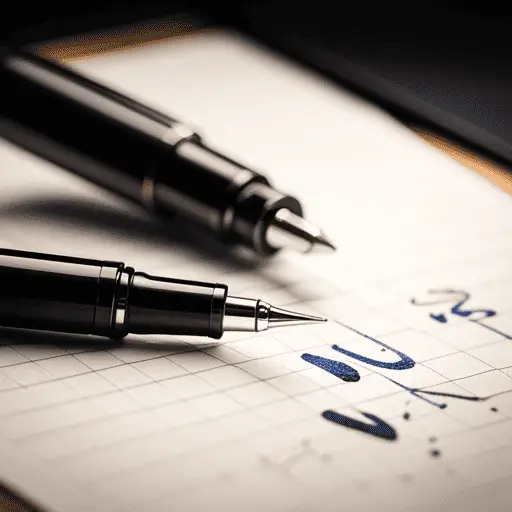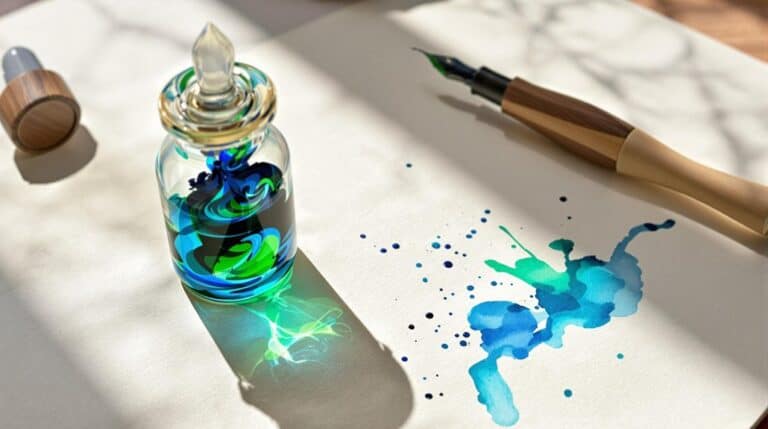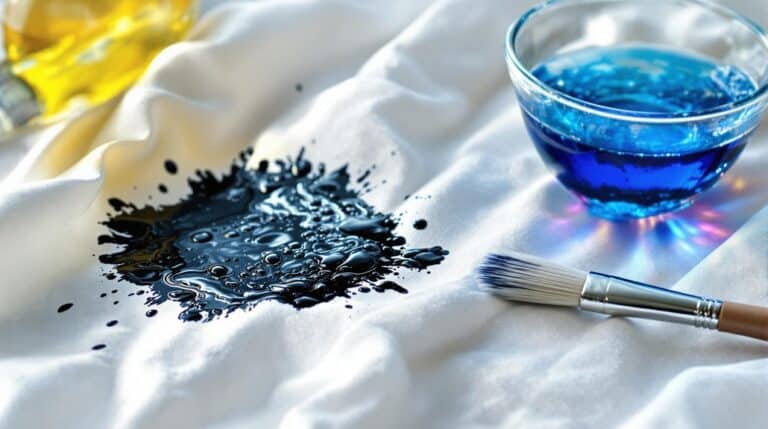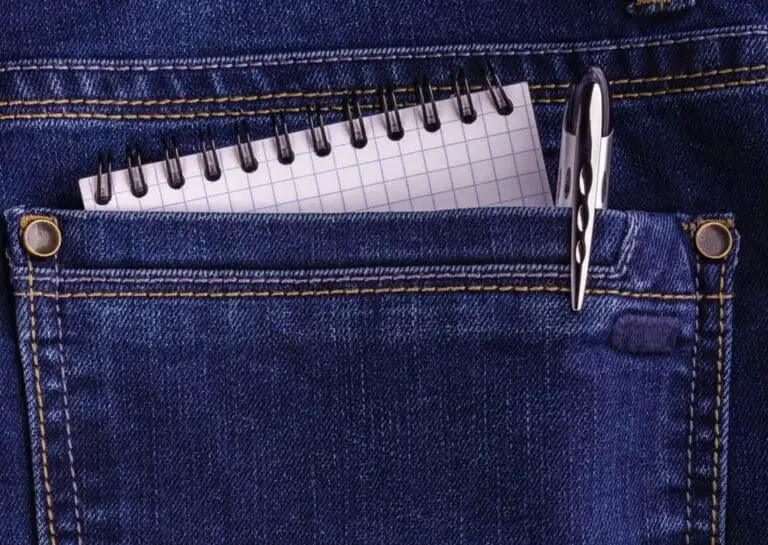Can You Use Any Ink In A Fountain Pen?
On top of providing you a classy touch to writing, many people have begun to dabble in owning a fountain pen for calligraphy. If you’re new to the world of fountain pens, you may have heard that most brands would recommend using the ink from the same manufacturers to avoid damaging your pen.
You can use any ink in a fountain pen, but you must ensure that it is safe for use in fountain pens. Various inks will do well in fountain pens, and they may provide you different writing experiences each time.
The key to finding the right ink for your fountain pen lies in the type of ink you prefer, with pre-filled cartridge inks and bottled fountain pen inks being the most popular. So, how will you know the best kind of ink to pick for your fountain pens? We’ll find out below.
Do You Have To Use The Same Brand Of Ink For Your Fountain Pen?
Most fountain pen manufacturers may recommend that you use the ink produced by the same brand. However, this could limit your choices in color and ink types, as selected manufacturers may not offer the same selection as third-party ink makers in the industry. This has led many fountain pen owners to ask if they can use inks from a different brand for their fountain pen.
The good news is, yes, you can. Inks by third-party ink makers are suitable for use in any fountain pens brand, and you don’t necessarily have to purchase them from the same manufacturers. In fact, many arts and craft stores may also sell custom inks made to suit your fountain pens.
However, do take note that the inks are suitable for use in fountain pens. This is a requirement that is easily recognizable on the packaging of your cartridge inks or bottled inks. If there are no indications that it’s suitable for fountain pens, then chances are that the ink you have in mind cannot be used for fountain pens.
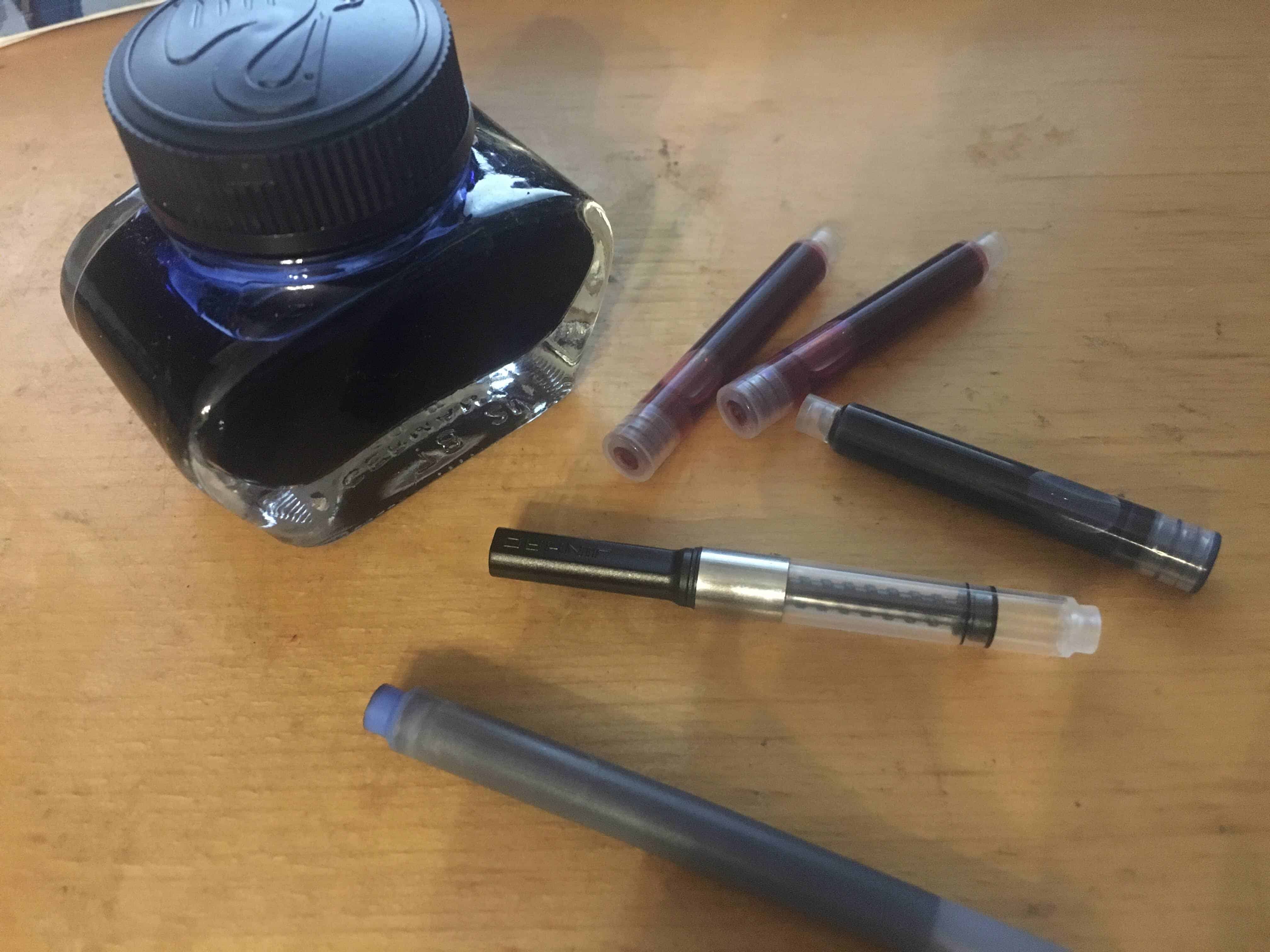
Do note that if you have an expensive fountain pen that offers a warranty service, using third-party inks may void this warranty. This is as manufacturers may insist that it was the use of non-official inks that have caused damage, and you’ll be left with a broken fountain pen.
What Are The Inks To Avoid Using In Fountain Pens?
As there are many inks in the market to choose from, it could be intimidating when it comes to finding the right replacement for your fountain pen. So, how will you know what type of ink goes well for your fountain pen and which to avoid entirely?
Well, the easiest way to know if you should use the ink for your fountain pen is to check on the suitability. Most fountain pen compatible inks should have a disclaimer that they can be used in fountain pens, and the absence of this disclaimer means otherwise.
You should also avoid using ink like India ink, drawing ink, and calligraphy inks in your fountain pens. These non-traditional inks are often found in arts and craft stores, and while they come in beautiful colors, they could cause damage to your fountain pens when used.
These inks’ common complaints include ink leaks, clogged pen feeds, nibs, and lousy ink flow. If you’re unsure whether the ink is suitable to be used, the best way to check is to speak to an experienced sales assistant for advice.
For anyone purchasing third-party inks online, it’s recommended that you search for reviews on the ink to see if they are compatible with fountain pens. This is as many unscrupulous sellers may advertise the ink as suitable for fountain pens but may often offer items that can damage your pens.
How To Store Unused Inks
Many fountain pen owners have also wondered how they can store the inks they have purchased. Considering how fountain pen inks are usually water-based, they’re safe to be kept for a certain period before mild molding could occur. So, how do you store unused fountain pen ink or your fountain pen when it’s not in use?
Generally, the ink should be kept away from direct sunlight. This will prevent the ink colors from fading. Before using an old bottle of fountain pen ink, you’ll also want to ensure no mold growths in the bottle. You can do this by swishing the ink bottle back and forth while looking out for sediments in the bottle.
In case the ink is stored in a non-see-through bottle, you may perform a paper test to see if there are growths in the ink. You can do this by placing a paper strip into the bottle to see if any unwanted sediments stick on. Throw away inks that have mold growth in them, as continuous use can damage your fountain pen ink feed and nib.
Ink bottles that have been stored for more than 2 years are usually more vulnerable to mold, so you’ll want to use them with care. Before filling your fountain pen with the ink, it’s recommended to gently shake your ink bottles in case the sediments have settled.
How To Store Unused Fountain Pens
As for your fountain pens, did you know that there are also ways to store them correctly when they’re not in use? Generally, you should store your fountain pen with the nib pointing upwards if you’re not planning to use it soon. This will help avoid a clog from happening around the ink feed and nib from the flowing ink.
You should also clean out your fountain pen if you’re considering storing it for a more extended period. Start by unscrewing the barrel of your fountain pen from the nib and rinse the nib with water. This should empty the nib of any remaining ink but do practice caution as leftover ink may flow out.
Soak your nib in a tub of room temperature water overnight before dabbing it dry and store accordingly. It’s always best to use distilled water when cleaning your fountain pens, as tap water may contain sediments and particles that can clog your fountain pen feed.
Be sure to keep your fountain pen always capped when not in use. If the fountain pen’s ink doesn’t immediately flow when you refill it with ink, that could indicate a dry nib. You may try to wet the nib with water or bottled ink.
Final Thoughts
In conclusion, if you’re looking to purchase ink for your fountain pens, then the most critical detail to look out for is whether it’s suitable for use in fountain pens. This is recognizable in most packaging, or you could always approach a sales assistant to clear the air for you.
Using ink that is unsuitable for your fountain pen can damage your pen’s components like a clogged nib or pen feed. Before you make the switch between different inks, you’ll also want to ensure that you’ve cleaned out the old ink in your fountain pen.


